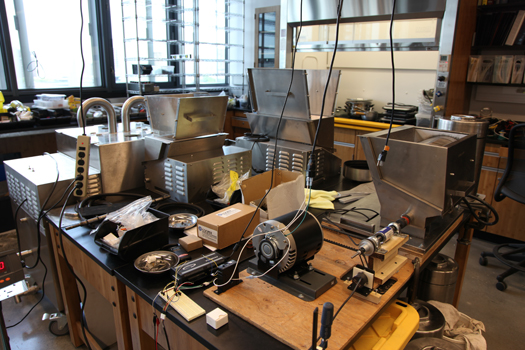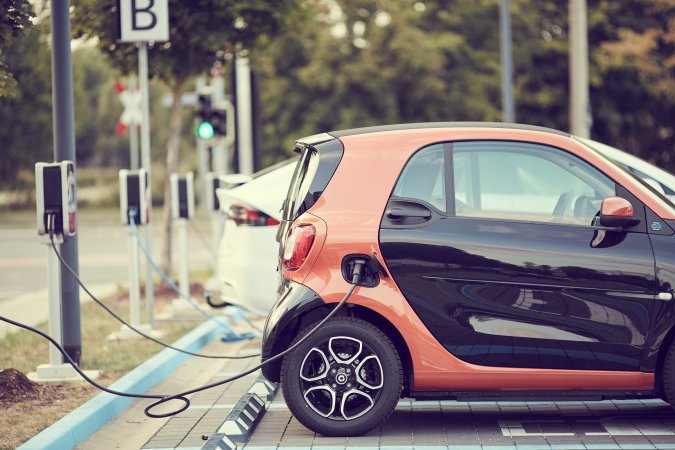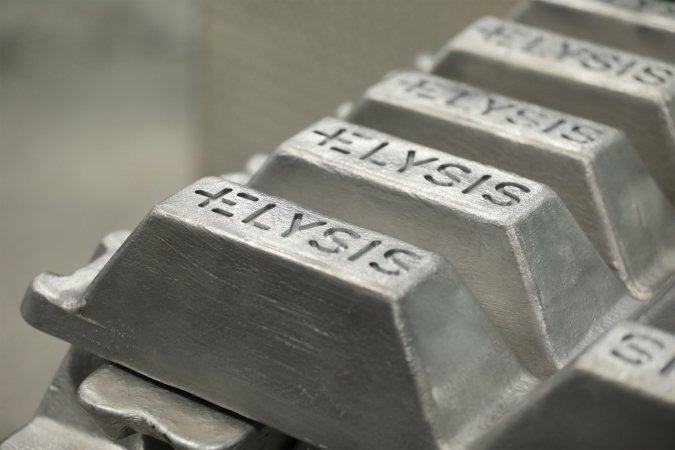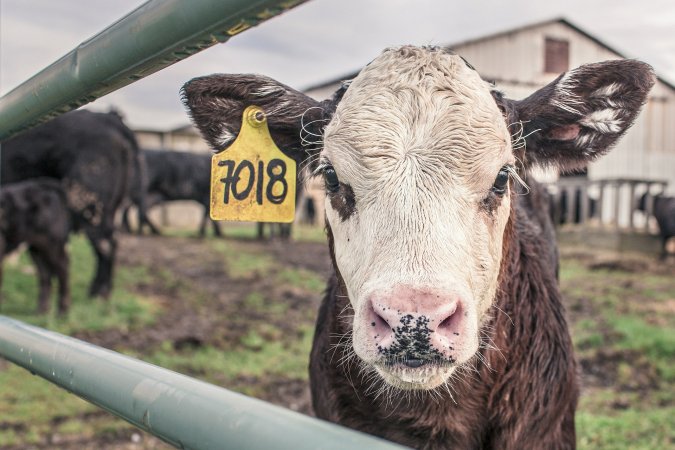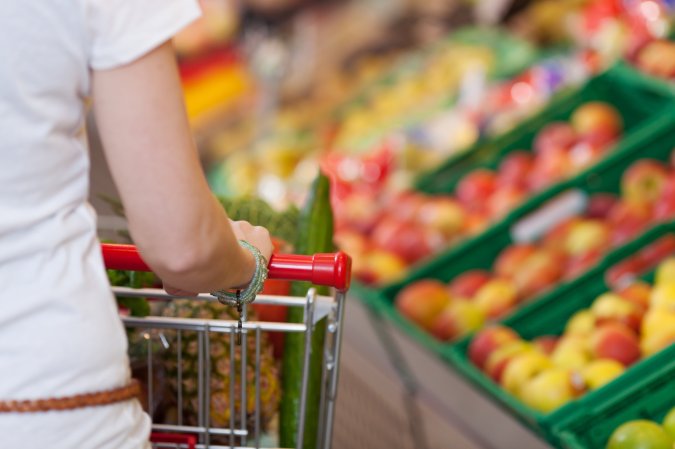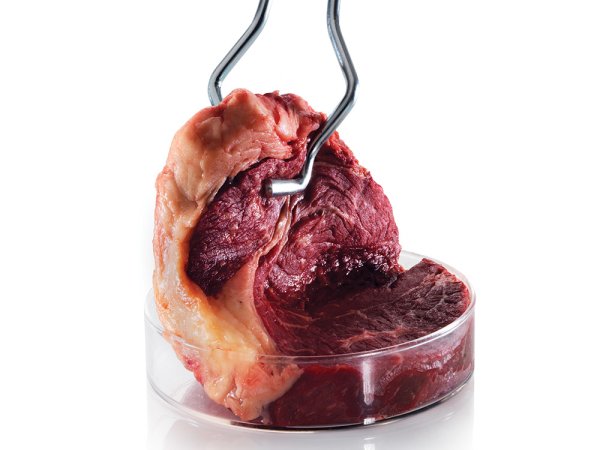

How much carbon dioxide went into making your shampoo, snacks, and toothpaste? This past year, some companies started to answer that question literally by throwing calculated carbon emissions on product labels and even food. The number on the label represents the carbon emitted during that product’s lifecycle, including the emissions when it was being produced and distributed.
One company, in particular, skincare brand Cocokind, has incorporated carbon emissions on their product labels as part of their marketing as a sustainably-minded company.
“We were calling ourselves ‘clean’ and ‘sustainable,’” founder Priscilla Tsai told Fast Company. “Those things are valid, but what they mean are obviously not regulated as they get thrown around more and more in the industry. We realized we can’t just use these words anymore, and we needed to be able to figure out, how do we measure this internally? And how do we communicate that, and make sure that the burden of education is on the brand and not the consumer?”
[Related: The truth about reusable kitchen essentials.]
The point of these carbon labels is so that consumers can have an easier time choosing everyday products based on greenhouse gas emissions. Environmentally conscious consumers can use those numbers to pick and choose brands in hopes of lowering their personal carbon footprint. However, some marketing experts aren’t sure that this is the most effective approach to changing consumer behavior in the long run.
Kathleen Vohs, a marketing professor at the University of Minnesota, who specializes in consumer behavior said the carbon labels felt a bit like “greenwashing.”
“I think if people do notice, they don’t know how to understand what the labels mean,” she says. “There’s lots of research showing that just because you provide a numeric value to something, that doesn’t mean that people are going to be able to understand it.”
Vohs suggested that marketing teams should point out examples that make the numbers on the label make sense for the everyday consumer who may not be acquainted with the measurements. For example, a kilogram of chicken emits around 5.9 kilograms of carbon dioxide whereas a kilogram of beef emits around 27, according to Quorn, a meatless protein company. A one-way flight from Boston to London emits around 823.0 kilograms of carbon dioxide, according to carbon footprint analysis group Curb6, making beef about three percent of a flight’s worth of carbon, whereas chicken is a mere 0.71 percent.
Another example of how confusing sustainability can be is dishwashing. Some consumers feel that hand washing dishes is more sustainable, but depending on how much water is used, it may be less sustainable than other options like using a dishwasher.
“Dishwasher pod manufacturers will say ‘did you know that running your dishwasher actually saves energy’… you think that washing your dishes by hand is probably better for the environment, but using a dishwasher actually is like a third of that energy,” she explained.
[Related: Are your cleaning products really green? Here’s how to tell.]
She wonders if having consumers choosing based on carbon emission is accessible to everyone. Affluent consumers have the financial means to focus their shopping based on sustainability or switch to more expensive, but more sustainably made products if they want to. Lower-income consumers don’t always have the luxury of contemplating these choices.
Though marketing experts like Vohs think that it’s important for consumers to consider their impact on the environment when shopping, the burden shouldn’t be on consumers—especially low-income ones. About 20 firms are responsible for a third of all carbon emissions, so putting pressure on the big players could in the end be more effective than having to count emissions in the grocery store.
